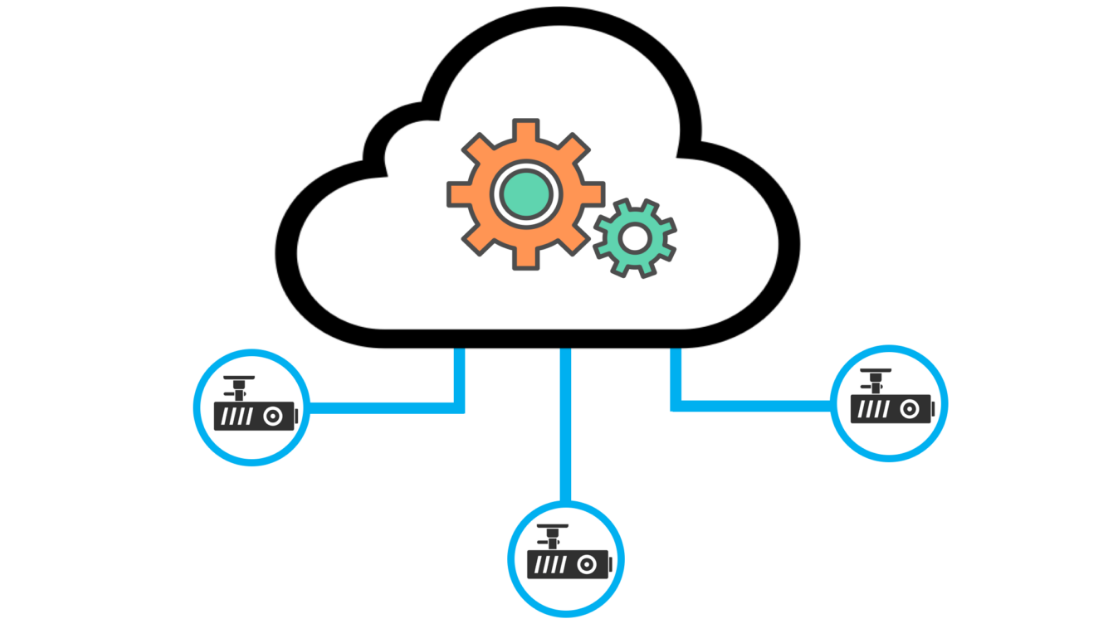The Future of Tech: How Remote Device Management is Revolutionizing the Way You Work
What is Remote Device Management (RDM)?
Remote Device Management is the ability to monitor, control, and manage devices from anywhere, without needing to be physically present. From laptops and smartphones to IoT devices and servers, RDM solutions allow IT administrators to troubleshoot issues, update software, and ensure that systems are secure, all from a remote location. This technology has evolved alongside the increasing use of cloud services and mobile workforces, making it a key player in modern-day tech ecosystems.

The Benefits of Remote Device Management
-
Increased Efficiency: One of the main advantages of RDM is the time and cost savings it provides. IT teams can address device issues remotely, reducing downtime and minimizing the need for costly on-site repairs. This is especially important in a country like the U.S., where businesses are often spread across multiple time zones.
-
Better Security: With RDM, devices can be monitored for potential threats in real time. Security updates and patches can be pushed out across a fleet of devices, ensuring they're all protected against the latest vulnerabilities. In the U.S., where data privacy laws like CCPA and HIPAA are becoming stricter, RDM helps businesses stay compliant with ease.
-
Seamless User Experience: Whether you're working from home in Silicon Valley or managing a remote team in New York, RDM solutions help ensure that employees can stay productive without worrying about device failures. Devices can be locked, wiped, or even rebooted remotely if needed, helping businesses maintain continuity even in the face of technical problems.
-
Centralized Management: With remote access, businesses can manage devices from a central dashboard, providing an overview of all devices, their status, and any updates or patches that may need to be applied. This is particularly helpful for large companies operating across the U.S., where managing a fleet of devices in various locations can be overwhelming.
How to Choose the Right Remote Device Management Solution
When selecting an RDM tool, it's important to keep in mind your specific needs. Here are a few tips to help guide your decision:
-
Scalability: Consider whether the solution can scale as your business grows. If you plan to expand your team or increase your number of devices, the RDM tool should be able to handle that growth.
-
Compatibility: Ensure the RDM software supports all the devices you use, whether they’re Windows, macOS, Android, or iOS. A good RDM solution will be platform-agnostic.
-
Security Features: With cyber threats on the rise, ensure that your RDM tool offers advanced security features such as encryption, remote wiping, and multi-factor authentication.
-
User-Friendliness: Choose a tool that is easy for both IT administrators and end-users. The less time spent troubleshooting the RDM system itself, the better.
-
Cost-Effectiveness: For small to medium-sized businesses, pricing is a big factor. Some RDM solutions offer flexible pricing plans or per-device models that are ideal for businesses with a fluctuating number of devices.
Conclusion
Remote Device Management is no longer a luxury—it's an essential tool for anyone managing a fleet of devices in today's interconnected world. Whether you're a startup based in Austin or a major enterprise in Chicago, RDM can help you save time, increase security, and keep your devices running smoothly. As technology continues to evolve, mastering RDM will be a key part of staying ahead in a rapidly changing digital landscape.
Hot Articles



